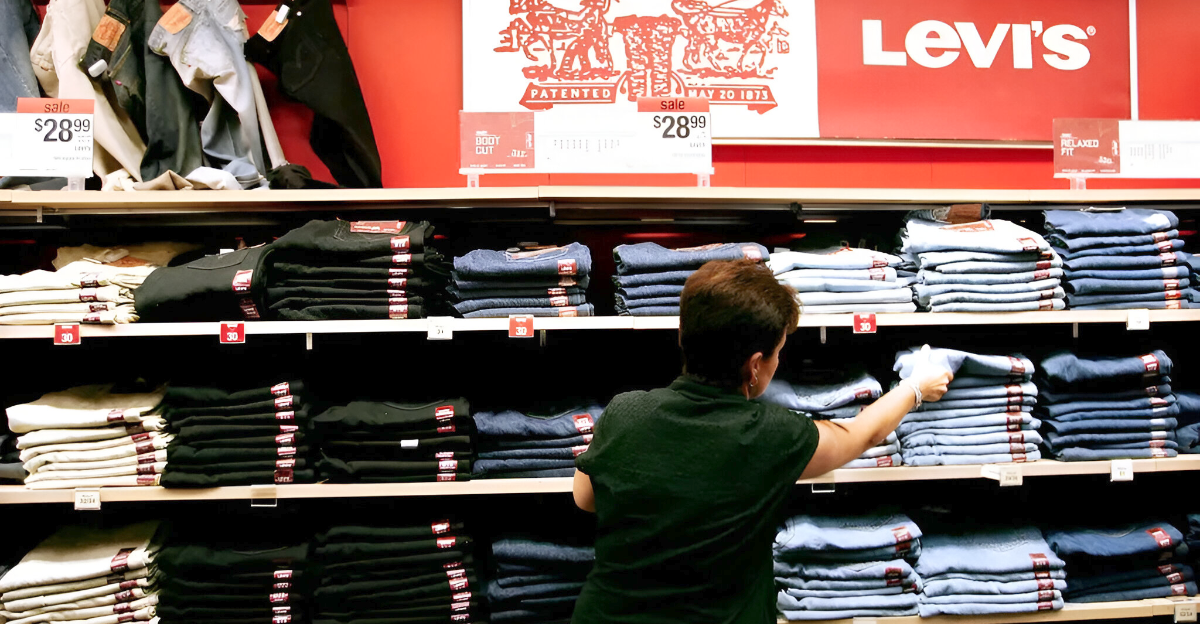
Apple pie, baseball, and products made in China? While “Made in the USA” still packs a patriotic punch, many brands we associate with American grit and greatness manufacture their goods overseas.
The stars and stripes don’t always tell the whole story, whether it’s cost efficiency, global supply chains, or maximizing profit margins. Here’s a look at eight iconic “American” brands whose products are born far from home.
Denim’s Global Detour
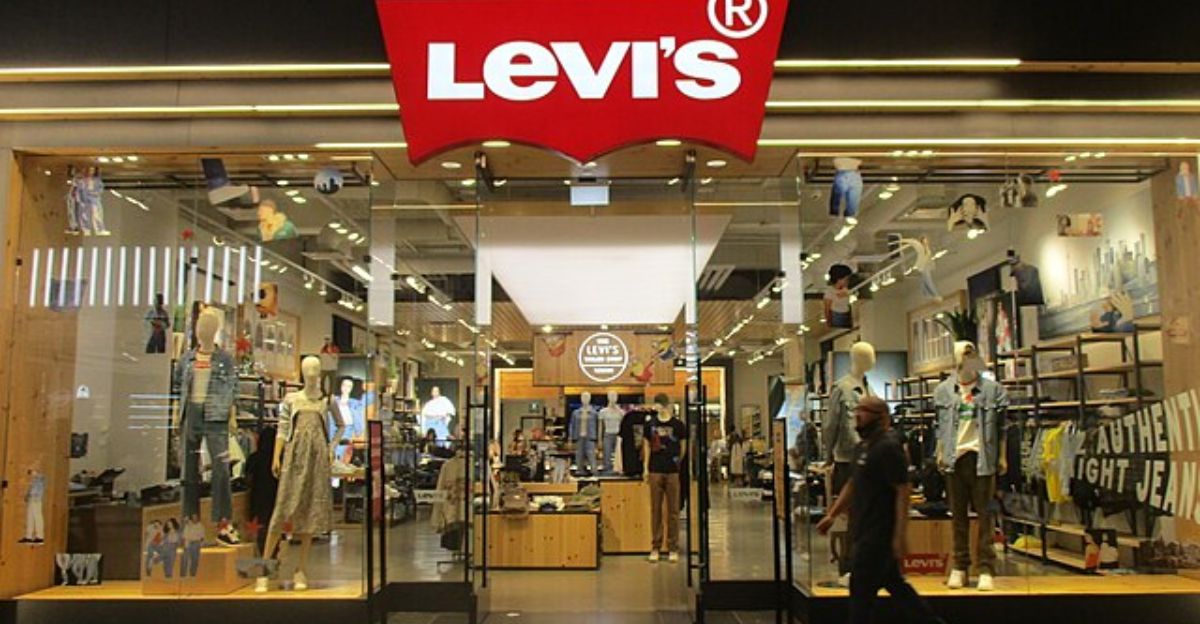
Once stitched into American identity, Levi’s jeans were made initially for Gold Rush miners in San Francisco. Today? Most Levi’s are made in countries like Bangladesh, Vietnam, and Mexico. While the company maintains a few small manufacturing facilities in the U.S. (primarily for high-end or limited-edition lines), the bulk of its denim empire is global.
Cheap labor and lower overhead make foreign manufacturing a financial no-brainer … even if it muddies the brand’s rugged Americana image.
Made for U.S. Kids, Built in China

Radio Flyer wagons are nostalgic staples of American childhood, but the red wagons themselves? They’re primarily made in China. The Chicago-based company closed its last U.S. production plant in 2004.
While Radio Flyer remains headquartered in the U.S. and does some product design stateside, the wheels, handles, and bodies are molded and assembled overseas. It’s a classic case of a brand that still feels American, even if its parts travel thousands of miles before hitting toy store shelves.
From U.S. Courts to Asian Factories
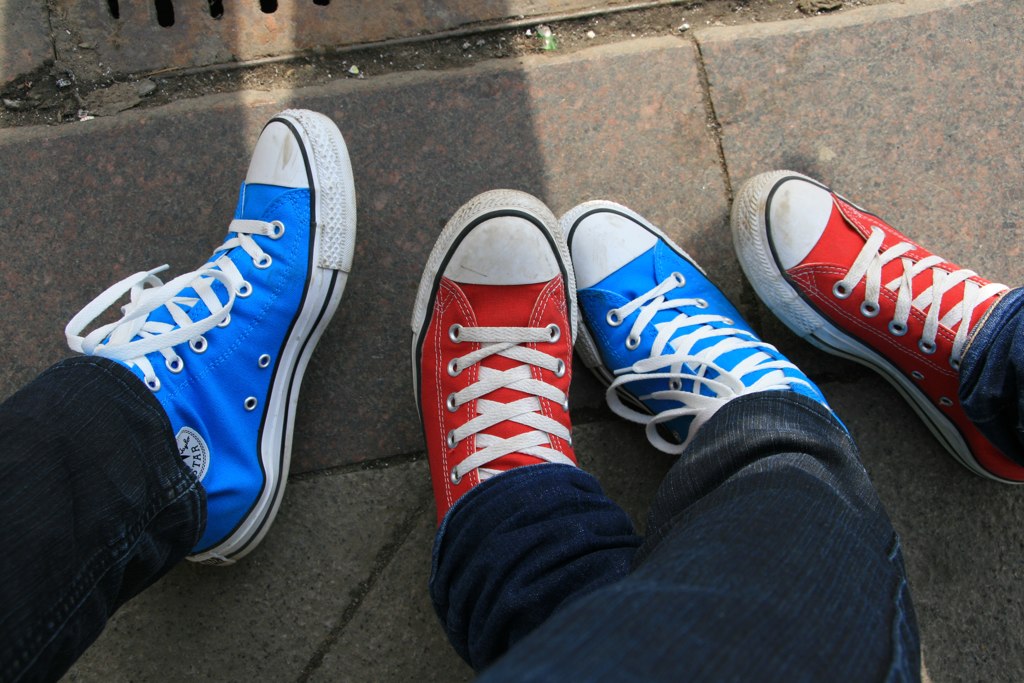
Chuck Taylors were once made in Massachusetts and North Carolina. However, after Converse filed for bankruptcy in 2001, Nike swooped in and bought the brand. Since then, almost all production has shifted to countries like Indonesia, Vietnam, and China.
While the look hasn’t changed much – canvas uppers, rubber soles, star-stamped ankles – the “Made in USA” label is now a relic of the past. Converse remains a cultural icon, but its soul (and stitching) is now undeniably global.
Tough Reputation, Foreign Roots

Artisans once prided themselves on American-made quality, built to last, made to work. However, in 2017, Stanley Black & Decker bought the brand from Sears and began shifting production. Today, Craftsman tools are manufactured in various countries, including China and Taiwan.
The company has announced plans to bring more production back to U.S. soil … that said, if you’re buying Craftsman off the shelf in 2025, odds are it’s not made in the land of the free.
A Global Dollhouse
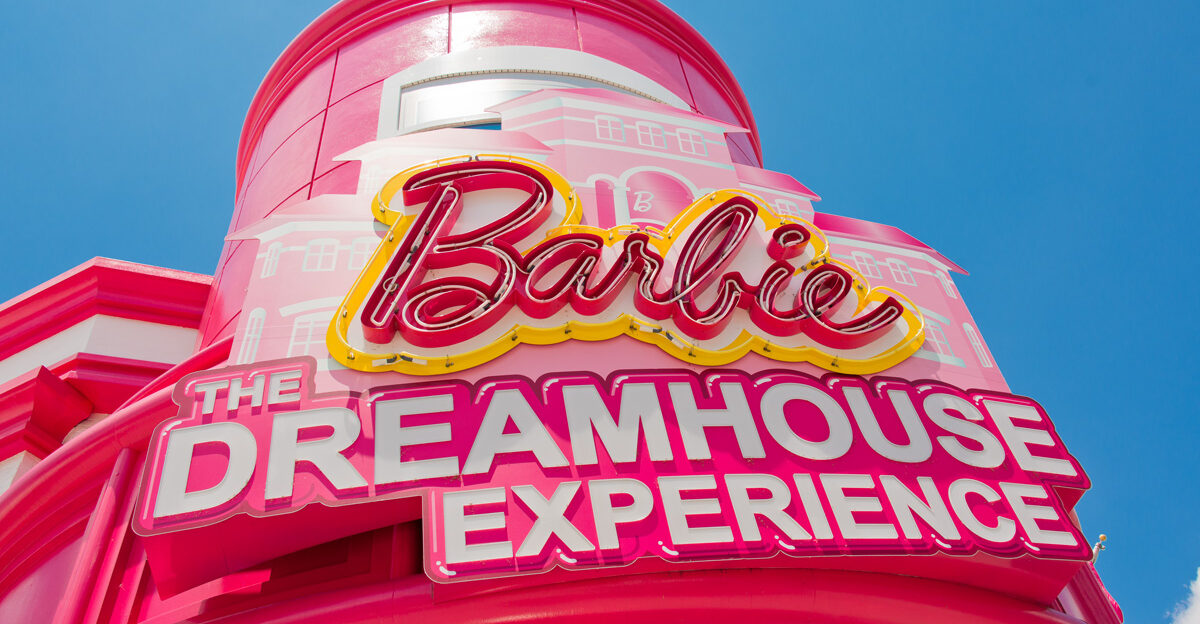
Barbie is a blonde symbol of American girlhood. But she hasn’t been made in the U.S. since the early 1980s. Mattel, her parent company, produces Barbies primarily in China, Indonesia, and Malaysia. While her Malibu Dreamhouse might scream California, Barbie’s assembly line reality is distinctly Southeast Asian.
Still, Mattel keeps its HQ in El Segundo, California … a symbolic tie to the brand’s birthplace, even if manufacturing has long since migrated.
American Cars, International Assembly
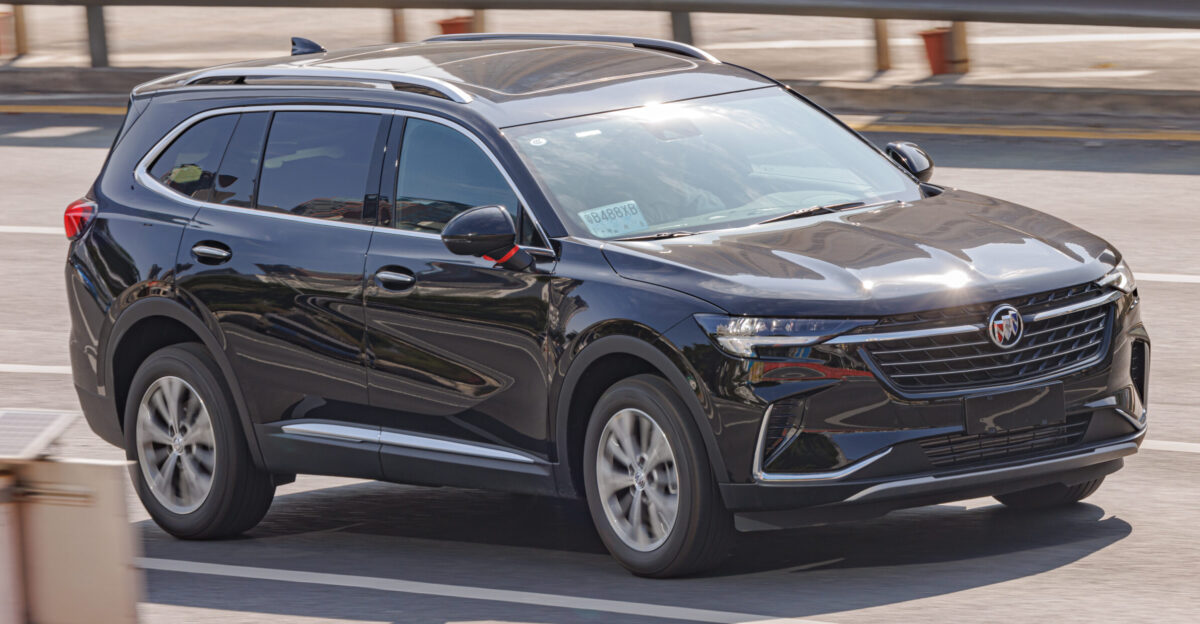
GM is the world’s largest automaker, headquartered in the U.S., and many of its vehicles are built in American plants. But not all. Models like the Buick Envision are made entirely in China, while others (like the Chevrolet Trax and Equinox) often roll off assembly lines in Mexico or South Korea.
Thanks to global parts sourcing and labor optimization, your American-made car might be less American than you think. It’s not about loyalty anymore … it’s about logistics.
Swoosh Made in Sweatshops?
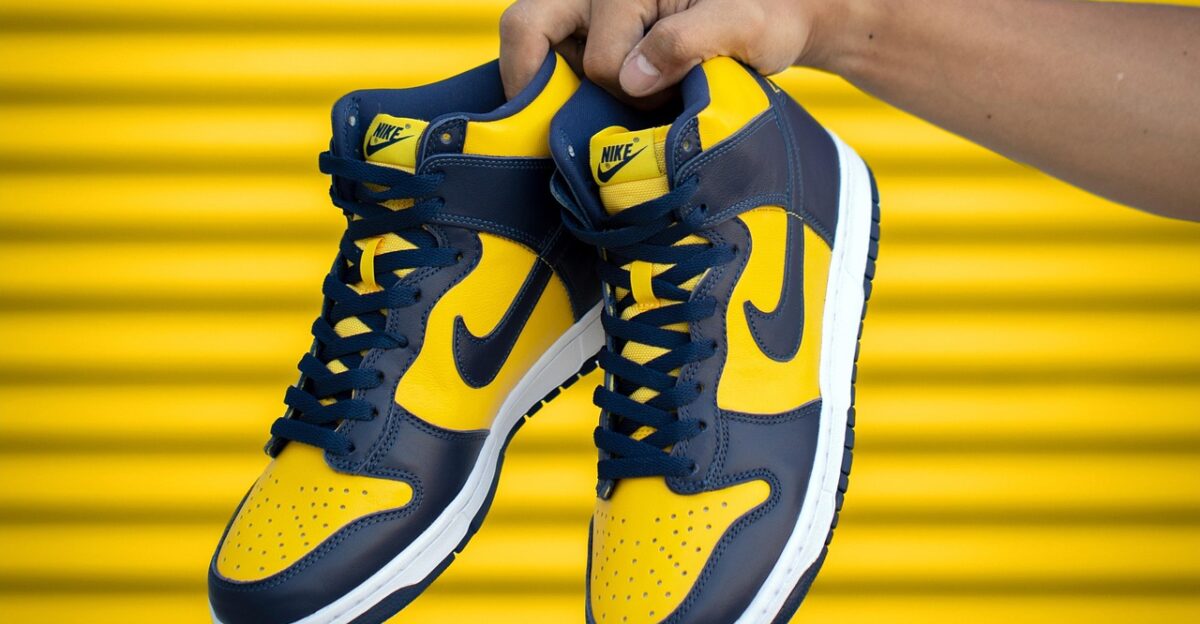
Nike’s slogan may be “Just Do It,” but the company has done it overseas for decades in manufacturing. Most of Nike’s shoes, apparel, and gear are produced in Vietnam, China, and Indonesia. Despite its Beaverton, Oregon headquarters and All-American branding, the Swoosh has been the poster child for offshore manufacturing since the ’90s.
In 2025, Nike remains a global powerhouse, with almost none of its physical products made in the U.S.
KitchenAid

KitchenAid is known for its hefty stand mixers, which have been passed down through generations of American kitchens. But the company, now owned by Whirlpool, makes more than just mixers. While its iconic mixers are still assembled in Greenville, Ohio, many other KitchenAid appliances, like refrigerators and dishwashers, are produced in China and other countries.
So yes, your grandmother’s mixer may still carry American weight, but the rest of the kitchen? Not so much.
So, Why Does This Happen?
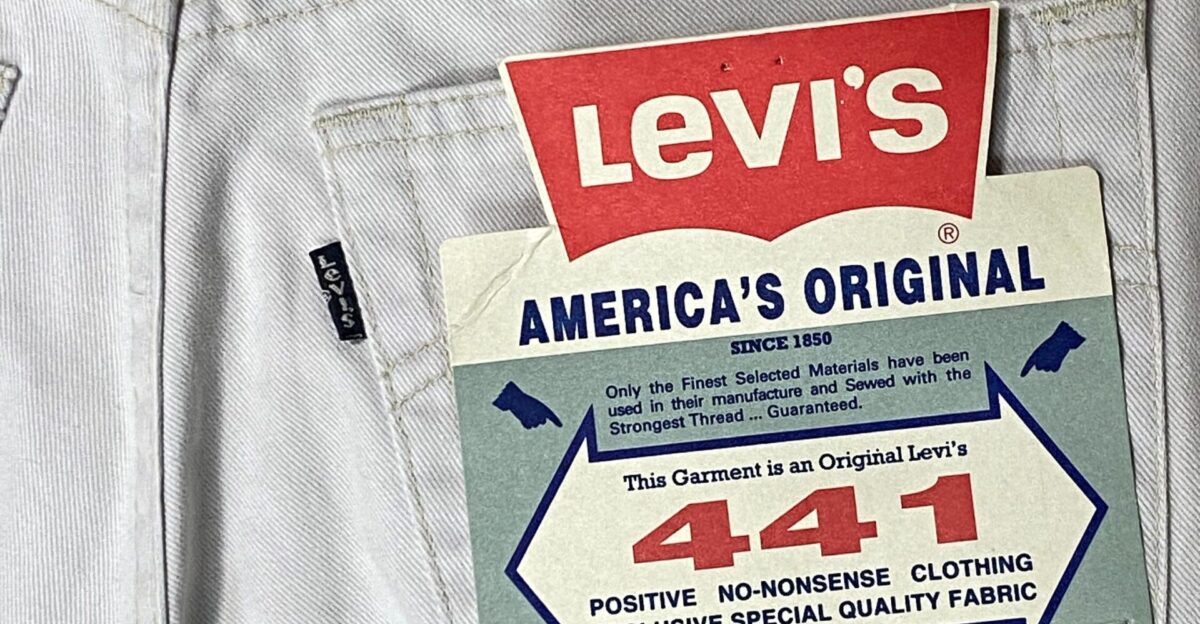
The answer’s not exactly shocking: money. Labor is cheaper abroad, regulations can be looser, and supply chains are global. For corporations chasing quarterly profits, cutting costs often outweighs the feel-good optics of American manufacturing.
Consumer demand for low prices feeds the cycle. Brands know most shoppers won’t turn over a product to check the fine print on the label. As long as it feels American, it’s good enough.
Does “American Brand” Still Mean Anything?

In 2025, “American brand” is less about origin and more about story. It’s about marketing nostalgia, national pride, and cultural identity, even if the nuts and bolts come from overseas. Many companies still invest in American jobs through design, marketing, or headquarters. But the pickings are slim for those chasing accurate “Made in the USA” labels. It’s a branding sleight of hand: American in spirit, outsourced in reality.
Patriotic Packaging, Global Reality

“Made in the USA” is a comforting phrase, but it’s often just that – a phrase. In today’s hyper-globalized world, even the most apple-pie brands have footprints in factories oceans away. That doesn’t automatically mean the products are of lower quality, but it does mean the mythology around American manufacturing deserves a second look. Patriotism sells, but production ships.